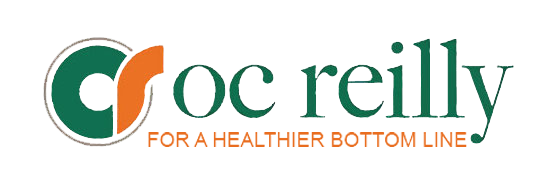By John Jones, Director, Special Projects, OC Reilly, Inc.
(July 31, 2023)—Hospital food used to rank up there with airline food for its sub-par taste and unappealing presentation. But that doesn’t need to be the case any longer. And what’s more, not only can the nutritional value of hospital food be improved, but health systems can also actually spend less on it.
The answer is simple – set the rules properly and make sure they’re followed by all parties involved. Effective food service supply chain, in other words.
Saving money while improving the quality and the service of food remains the goal. When you hear bottom-line savings, that’s the easier task, but how do you accomplish that while improving services? In our experience at OC Reilly, there’s always something we discover that we can help improve, from kitchen design to the contracts with current vendors, from the type of food being served to working with nutritionists. Even IT-based situations can get upgraded, in terms of how orders are received, processed, and delivered.
Collaboration and obtaining tangible data to quantify what we’re seeing is critical. Once we understand the obstacles or the problems, then we move to design solutions to make food service a very easy process. It must begin with an open, honest assessment, however, and a willingness by the customer to make the needed changes.
Frontline leadership holds the key. The most successful leaders in upgrading their health system’s food service functions are those who understand what both patients and staff want. It’s not only understanding the food service operation, but really listening to employees and patients. What is that leader doing to keep people motivated for training for job satisfaction? If you have good leadership, it’s not only the technical skills, but it’s how they’re leading their people. If there are any questions or concerns, they get patient feedback and start tweaking.
The same principles that guide an optimized food service program can be applied to areas such as environmental services, transportation and courier services, linen, and any other support service at a hospital. They also apply to industries other than health care, such as colleges and universities, institutional dining, social and private clubs, even sporting venues.
A seven-figure savings opportunity exists for larger systems, but again, it depends on receiving an honest, frank, knowledgeable assessment of what’s working, what needs to be revised or replaced, and the appetite of leadership to commit to a plan. It can be so easy, if you’ve been doing the same thing for so long, to assume you’re doing all the right things – especially in an area considered so routine as food service. But that’s where the need for fresh thinking can become the most valuable.
Contact the food service supply chain experts at OC Reilly to learn more.
© 2023 OC Reilly, Inc.
